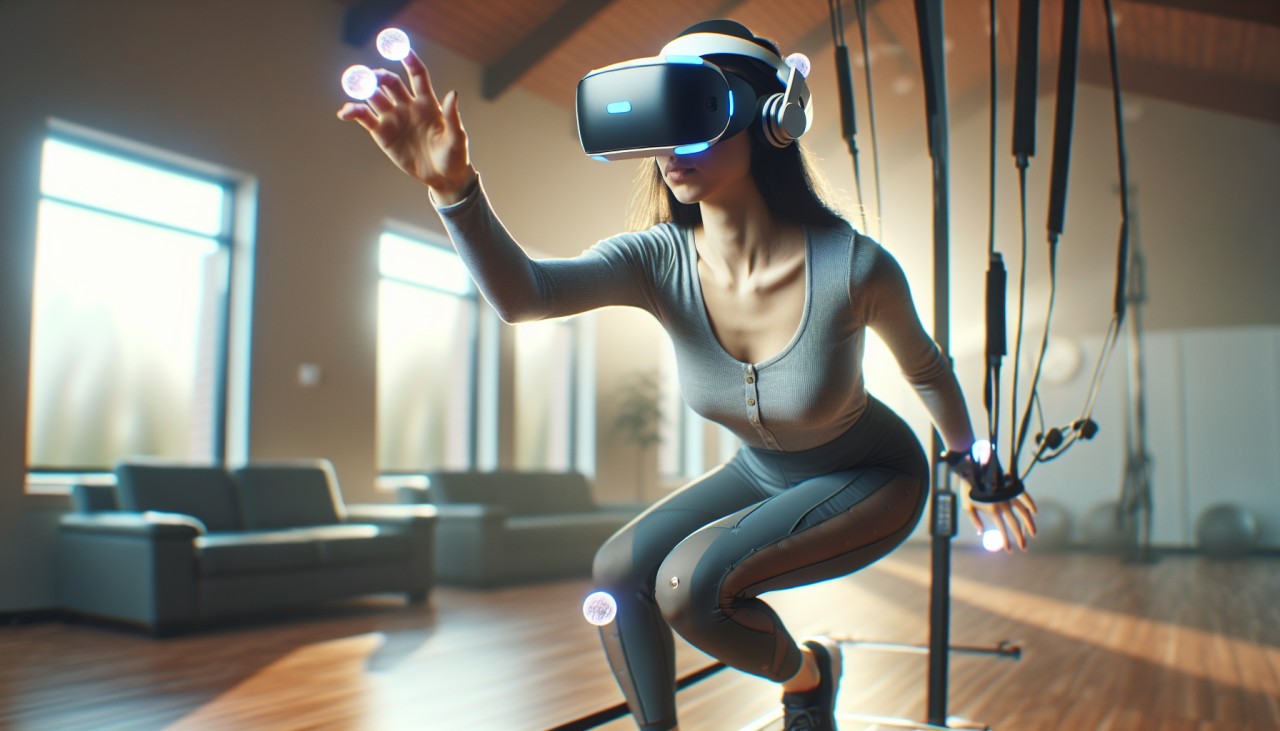


Maintaining balance is crucial for daily activities and overall well-being. Recent studies have explored innovative methods to enhance balance, particularly through the integration of technology. One notable approach involves the use of virtual reality (VR) combined with vibrotactile feedback. Research published in 2022 demonstrated that participants, both with and without balance impairments, experienced significant improvements in standing balance when exposed to VR environments that provided spatial and center-of-pressure vibrotactile cues. These findings suggest that VR, when paired with specific sensory feedback, can be an effective tool in balance training and rehabilitation. arxiv.org
Another promising development is the use of wireless audio-biofeedback systems designed to assist individuals in maintaining their equilibrium. A 2019 study introduced a system that utilized an inertial measurement unit (IMU) to monitor trunk kinematics, providing real-time audio feedback to users. Participants reported a reduction in body swaying by up to 65.9%, indicating the system's potential effectiveness in balance recovery. arxiv.org
To incorporate these technological advancements into your daily routine, consider exploring VR balance training programs that offer immersive environments with haptic feedback. Additionally, wearable devices equipped with IMUs can provide continuous monitoring and audio feedback, alerting you to postural deviations and guiding corrective actions. These tools can be particularly beneficial for individuals recovering from injuries or those aiming to prevent falls. Before starting any new exercise regimen, it's advisable to consult with a healthcare professional to ensure the chosen method aligns with your specific needs and health status.